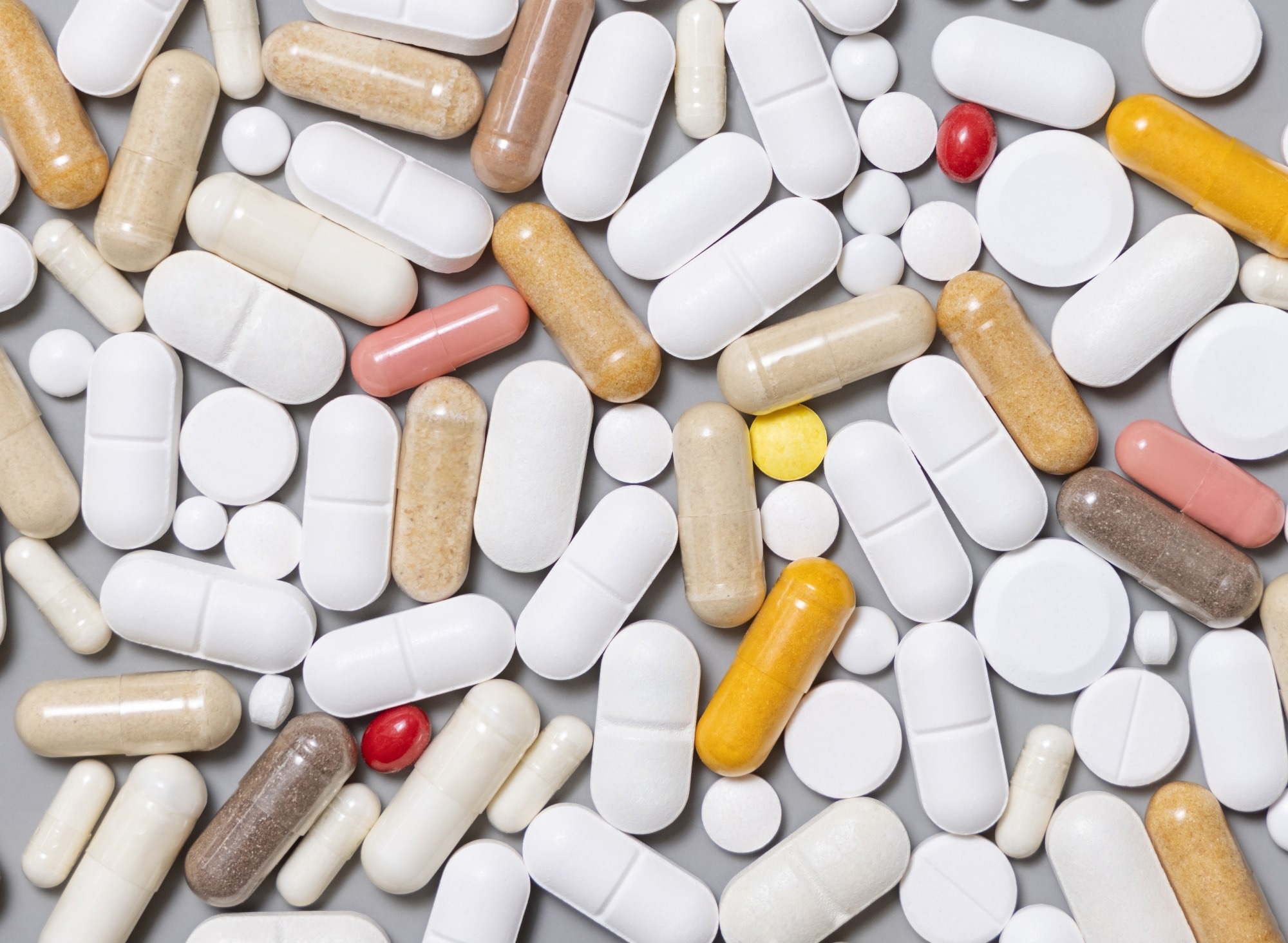Thin film coatings may only be a few nanometers thick, but they can radically change how a surface behaves. From protecting materials from corrosion to changing interactions with light, moisture, or chemicals, these coatings play an important role in improving the performance of a vast range of day-to-day products.
This article explores three specific uses of thin films that we encounter every day. How do these near-invisible layers make a tangible difference in our daily lives?
What are Thin Films?
Broadly speaking, thin films are layers whose thickness varies from just one atomic layer to nearly a fraction of a millimeter. These films may serve a variety of purposes depending on their structure and properties. In the context of nanostructured thin films, classification often considers factors such as the degree of crystallinity, the surface and internal morphology, and the specific functional characteristics they provide. This versatility allows them to be engineered for a huge number of applications. Think crisp packets, medicine, and touchscreens. 1
Keeping Food Fresh with Barrier Coatings

Image Credit: monticello/Shutterstock.com
In food packaging, thin films can help to preserve food, increasing its longevity. For instance, fruit films and plastic ready meal lids might appear to be made of a single layer of plastic but in reality, they often contain a microscopic barrier coating sandwiched between layers of polymer film.
These barrier layers are designed to slow the passage of gases and moisture. Oxygen, for example, can quickly turn fats rancid or dull the flavor of snacks. A thin film made from materials such as aluminum oxide or silicon oxide reduces oxygen transmission and helps food stay fresh for longer.
This tech has been around for a while. A 2017 study demonstrated a plastic wrap made from polymethylpentene (PMP) coated with alternating thin layers of silicon oxide (SiO?) and organosilicon (SiCxHy), applied with inductively coupled plasma chemical vapor deposition.
They discovered that a three-layer stack of SiOx/SiCxHy reduces moisture permeability (0.57 g/m2/day) and increases surface hydrophobicity (contact angle of 102 °), preventing microbial adhesion. Under conditions of 28 °C and 80 % relative humidity, this thin-film coating extended food shelf life up to 120 hours. 2
Smartphone Performance and Reliability
Smartphones are crammed with delicate electronic circuits, optical components, and sensors. They heavily rely on thin films to protect, enhance, and control their performance.

Image Credit: Jakob Berg/Shutterstock.com
For instance, the conductive layer that senses touch input is usually created using indium tin oxide (ITO), deposited in a nano-thin layer so that it remains transparent and still carries electrical signals. Recently, researchers transformed ITO into an ultra-thin, flexible form using a novel liquid-metal printing process. They heated an indium-tin alloy until it became liquid and then rolled it across a substrate, printing atomically thin, two-dimensional ITO sheets directly onto surfaces.
This method yielded films that are roughly 100 times thinner than traditional touchscreen layers, with significantly enhanced flexibility, so pliable they could be rolled up like a newspaper. Moreover, they had a higher transparency, absorbing just 0.7 % of light compared to 5-10 % for conventional ITO. As proof of concept, the team also built a functional capacitive touchscreen using these two-dimensional ITO layers. 3, 4
Download your PDF now!
Medicine Delivered Where and When It’s Needed
Thin films are equally important in healthcare, where they can control how medicines are released inside the body. Some tablets, for instance, are coated with enteric polymers that resist stomach acid, ensuring that the drug reaches the small intestine intact. Once there, these thin polymer films break down in the organs higher-pH conditions, making sure the active ingredient is not degraded by stomach acid and is absorbed where it can be most effective.

Image Credit: Katrinshine/Shutterstock.com
Controlled-release tablets also make use of thin films, allowing gradual diffusion of the drug over hours instead of all at once. This can improve patient comfort, reduce side effects, and make dosing more convenient by reducing the number of times a pill must be taken in a day. 5, 6
Nano-thin layers are very effective in cancer treatments as well. For instance, in a 2019 study, researchers developed a nano-thin coating by applying a single, disulfide-linked layer of carboxymethylcellulose and poly(N-vinylpyrrolidone) onto graphene oxide nanoparticles.
They further functionalized these particles with folic-acid antibodies via PEG linkers to enable targeted curcumin delivery into tumor cells. The system carried a high amount of the drug curcumin, about 94 %, and released it in simulated tumor conditions. Lab tests showed it killed over 76 % of cancer cells, and in mice with breast tumors, it reduced tumor growth by about 76 %. 7
Thin Films in the Present and Future
These films are thin, but their impact is massive. Their value lies in their versatility: the same principles that keep crisps crunchy can be adapted to build flexible touchscreens, or engineer precision drug carriers.
As researchers explore new fabricaation methods, such as 3D printing of nano films, or layer-by-layer molecular assembly, their applications are set to expand further. Tomorrow's devices, from wearable biosensors to sustainable packaging, may well depend more and more on these atomically thin layers.
References
- Benelmekki, M., & Erbe, A. (2019). Nanostructured thin films–background, preparation and relation to the technological revolution of the 21st century. In Frontiers of Nanoscience. Elsevier. https://doi.org/10.1016/B978-0-08-102572-7.00001-5
- Wu, H. Y., et al. (2017). Thin-film coated plastic wrap for food packaging. Materials. https://doi.org/10.3390/ma10070821
- Datta, R. S., Syed, N., Zavabeti, A., Jannat, A., Mohiuddin, M., Rokunuzzaman, M., ... & Daeneke, T. (2020). Flexible two-dimensional indium tin oxide fabricated using a liquid metal printing technique. Nature Electronics. https://doi.org/10.1038/s41928-019-0353-8
- Nano-thin flexible touchscreens could be printed like newspaper. (2020) Science Daily https://www.sciencedaily.com/releases/2020/01/200124112927.htm
- Oliveira, A. M., et al. (2022). Graphene oxide thin films with drug delivery function. Nanomaterials. https://doi.org/10.3390/nano12071149
- Park, S., Han, U., Choi, D., & Hong, J. (2018). Layer-by-layer assembled polymeric thin films as prospective drug delivery carriers: design and applications. Biomaterials research. https://doi.org/10.1186/s40824-018-0139-5
- Sahne, F., Mohammadi, M., & Najafpour, G. D. (2019). Single-layer assembly of multifunctional carboxymethylcellulose on graphene oxide nanoparticles for improving in vivo curcumin delivery into tumor cells. ACS Biomaterials Science & Engineering. https://pubs.acs.org/doi/abs/10.1021/acsbiomaterials.8b01628
Disclaimer: The views expressed here are those of the author expressed in their private capacity and do not necessarily represent the views of AZoM.com Limited T/A AZoNetwork the owner and operator of this website. This disclaimer forms part of the Terms and conditions of use of this website.